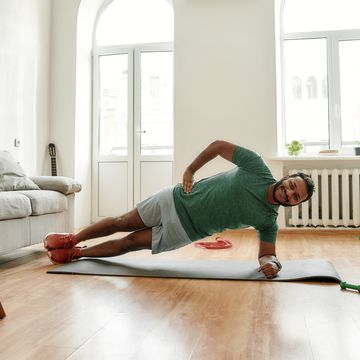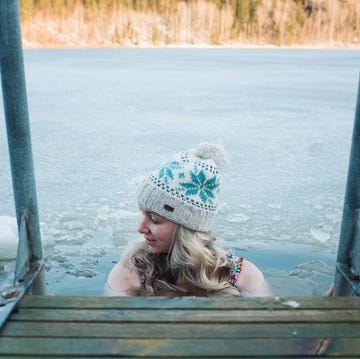It’s tempting to deny that age has any effect at the lower end of the masters range. After all, Jo Pavey won the European 10,000m title at the age of 40, while US marathoner Meb Keflezighi’s PB win at Boston came only weeks before his 39th birthday. Similarly, the two oldest Olympic marathon gold medallists, Carlos Lopes (1984) and Constantina Dita (2008), were both 38 at the time of their wins. But we should consider these results as outliers, rather than the norm.
Some spend their early masters career bemoaning every race as a new personal worst. Others embrace it, counting the days until their 40th birthday, when they have a chance to set records in a new category. Amy Begley, who was a 2008 Olympian in the 10,000m and is now a running coach, says every athlete has to deal with change. ‘There was a high point and now they have to reset the goals,’ she says. Her husband, Andrew, also a coach, faced similar issues earlier than most, when a knee injury in his 20s took him out of elite competition. ‘My advice is to learn to race against yourself,’ he says.
One way to measure that personal competition is by using predictor workouts, then trying to beat the prediction. Andrew Begley used the Mile Down workout, starting with 1600m, then working down: 1200-800-600-400-300-200m. ‘When you add up all of the times for this workout, I could run within 20-30 seconds of that for a 5K race,’ he says. ‘So when I got into therace, I was trying to run a little faster than predicted. If I could look myself in the mirror after my race and tell myself that I worked hard and didn’t quit, it was a victory.’
In terms of training, the changes at this early stage in masters running are relatively minor. Realise that injuries can be more frequent and will take longer to heal. ‘Extra recovery time needs to be built in,’ says Amy Begley. ‘You may wind up doing more cross-training.’ And women, in particular, need to be aware of the risk of declining bone mass. ‘I encourage lifting exercises to maintain density in the upper body and spine,’ she says.
Priorities
How to run at your best when youre 35-44.
Learn to evaluate results in relation to your workouts and your effort.
Spend longer on your warm-up and warm-down.
How to do a reverse crunch.
bike workouts to support your running training
Running economy doesn’t necessarily deteriorate with age. In a study published in 2011 in the Journal of Strength and Conditioning Research, runners of various ages were analysed for running economy, lactate threshold and muscle strength. They showed differences for the latter two metrics, but no differences in economy were found between the age groups. Work to maintain yours by Published: 30 September 2016.













